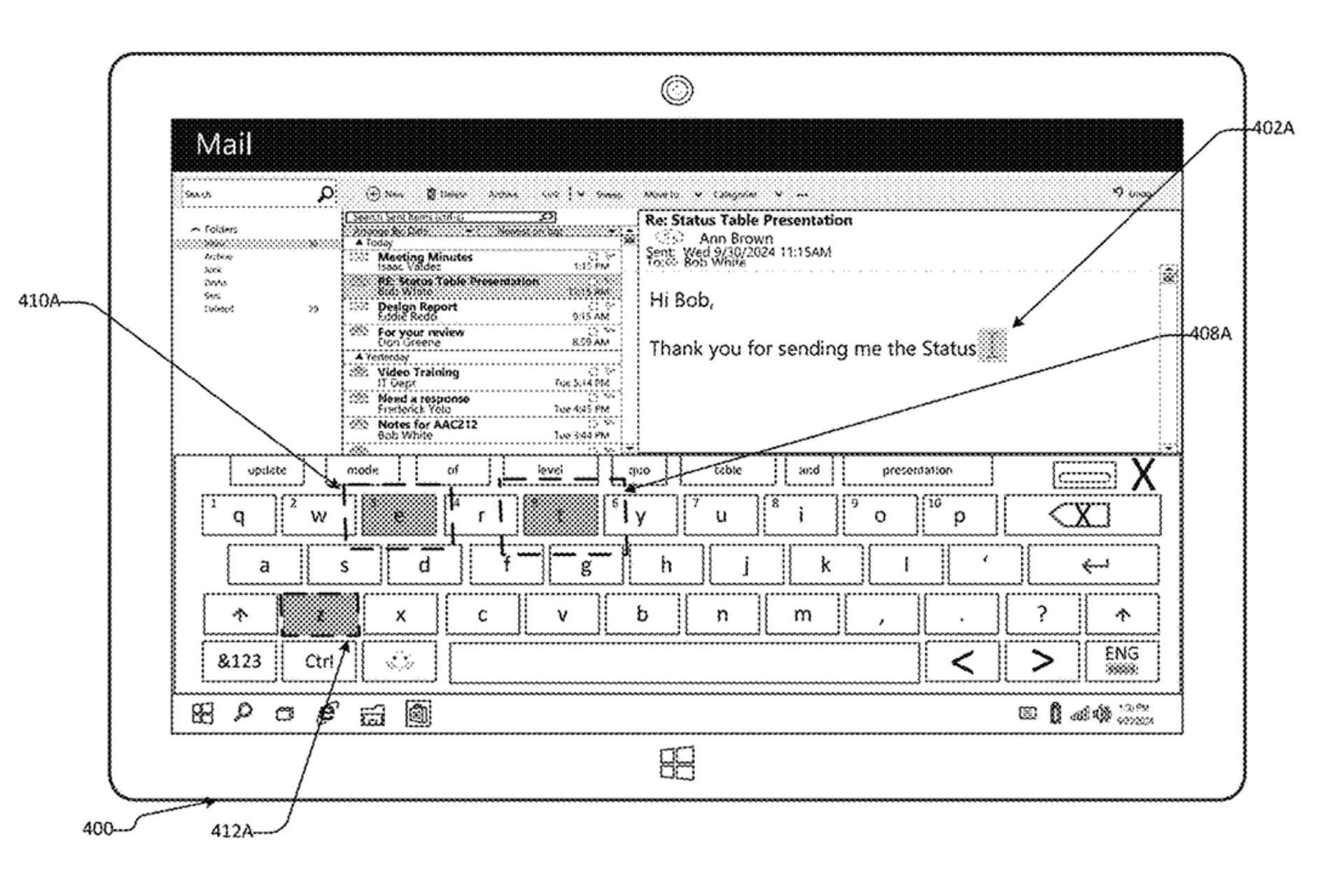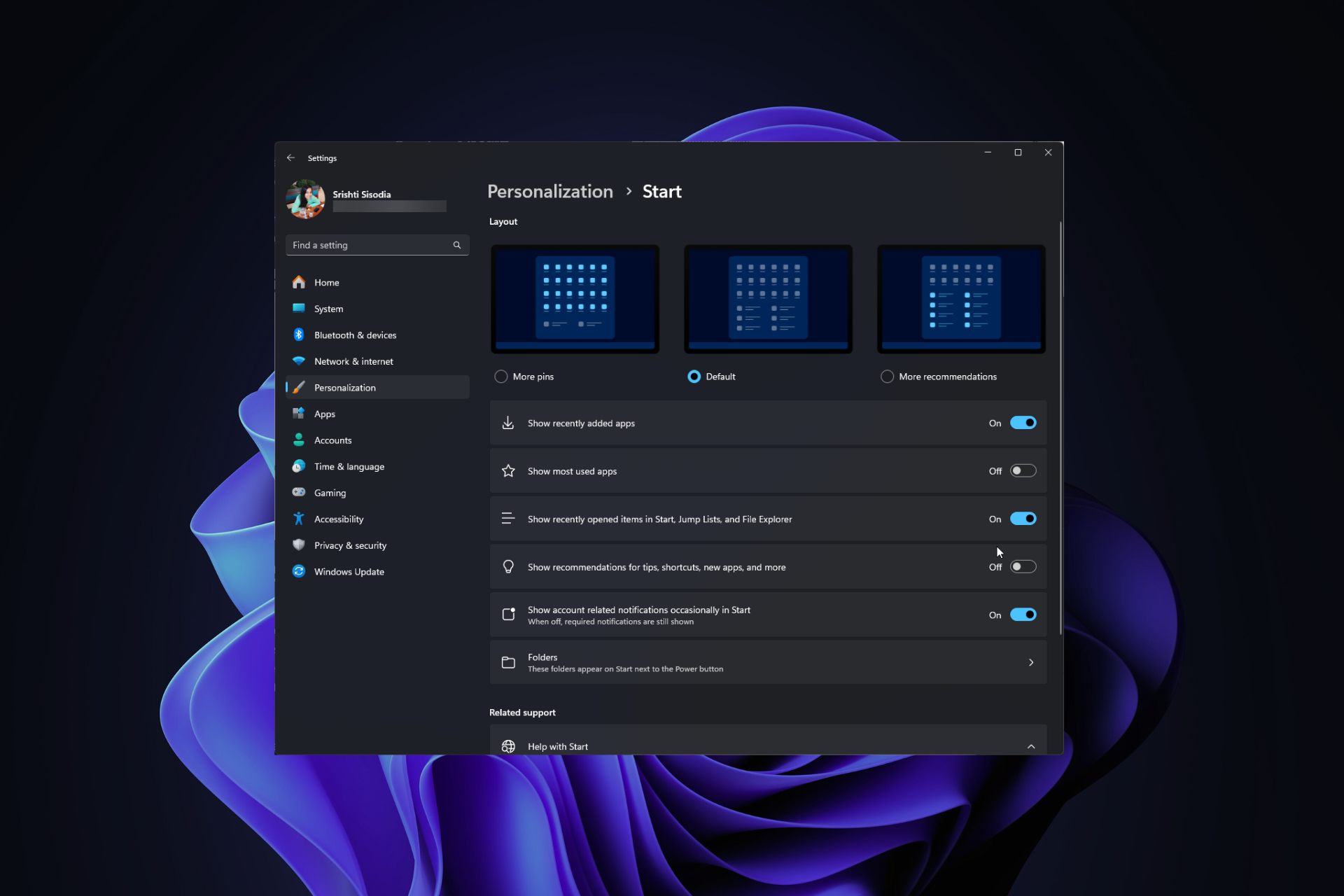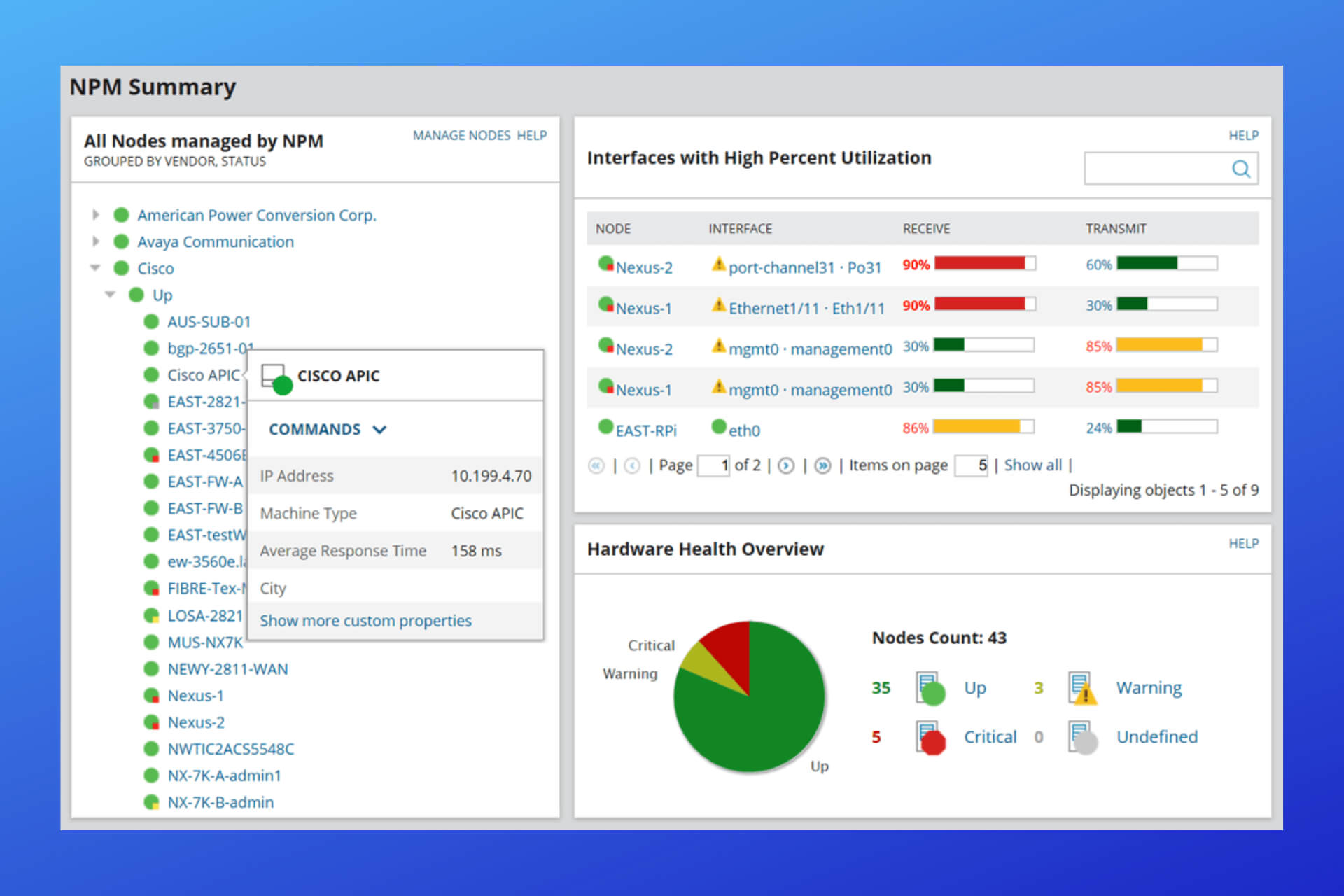Microsoft highlights tech support scams, details their “holistic approach” to problem
3 min. read
Published on
Read our disclosure page to find out how can you help Windows Report sustain the editorial team Read more
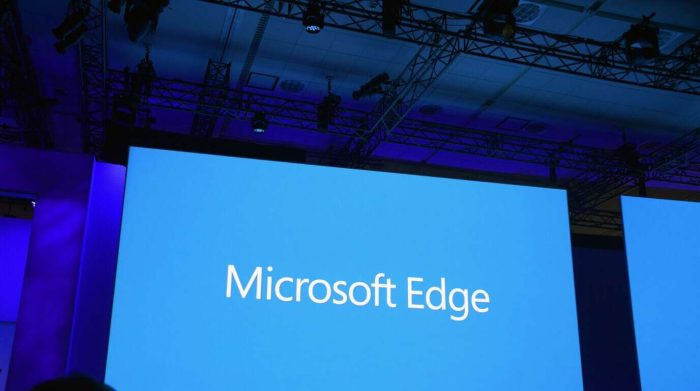
Scams are everywhere. As advertisements become more and more prevalent on just about every website, it becomes easier for the more crafty con artists to sneak their way inside of your computer and take a swing at your wallet – or worse, your identity. One of the most common forms of rip-off in the digital realm takes the form of the “tech support scam,” which tries to convince you of a problem with your computer, and get you to fork over information to “fix” it.
There’s a good chance that, if you’re tech savvy enough to frequent this website, you’re the sort of person who doesn’t fall for these under any circumstances. If you have any computer newbies in your family, however, you may want to take a look at Microsoft’s new blog post detailing some of the scams.
Microsoft detailed quite a few different types of scams in its blog post, of varying severity. The first couple are ones that you’ve probably seen quite a few times – FakeBSOD and TechBrolo.
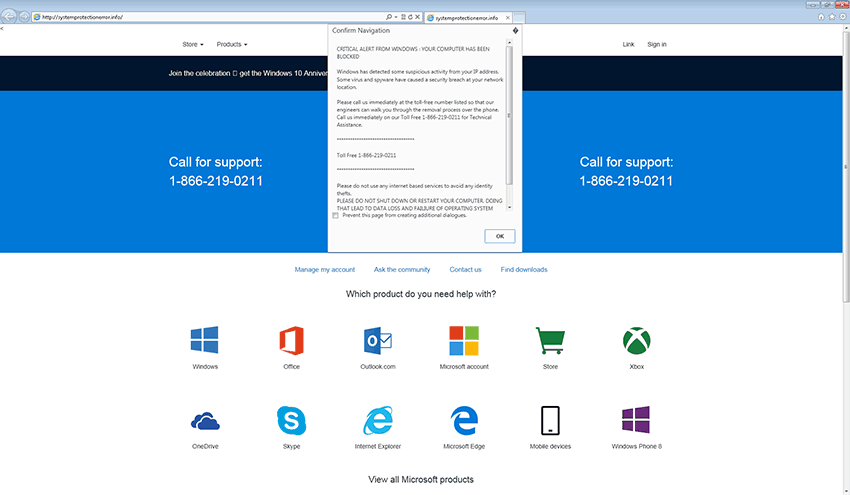
These are pretty common, and you’ve likely come across them once or twice while you’re out in the wilds of the internet. While spoofing an innocent looking web page, or even making you think you’re experiencing a Blue Screen of Death, these pop-ups are going to throw some spooky looking jargon at you to get you to call their number and take part in the scam. While common, these ones are usually harmless. Killing your browser through task manager is usually going to do the job and prevent any further intrusion.
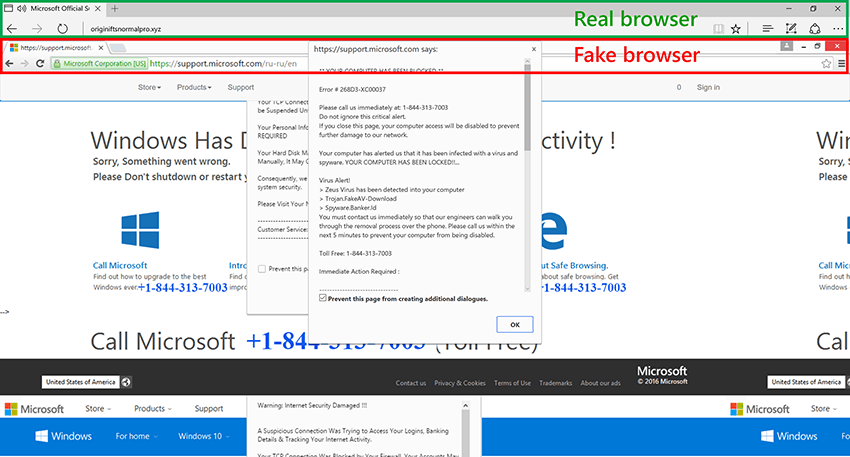
Sometimes, TechBrolo scams will spoof a browser inside of your browser, while forcing your REAL browser to go to full screen. It’s a scam that, if you’re not paying attention, can completely pull the wool over your eyes. Rule of thumb? Just never call a phone number when you get one of these pop ups.

Microsoft capped off the post by mentioning scams like Cusax, which can actually cause some harm well beyond the normal, spooky pop-up. These things can get inside your computer and screw around with your registry, actually spoofing real problems to try and convince you to enter information into a dialogue box, or call a phone number. These are seriously nasty, and can be difficult to fix if they get to you.
How does Microsoft recommend you fend off these scams? Well, by using Microsoft products, of course. It’s recommended you upgrade to Windows 10, use Microsoft Edge, and keep up to date with Windows Defender if you want to stay safe out there. While it’s a little bit cheesy to hear Microsoft plug their stuff like this, there’s a lot of truth in it – just sticking with Windows 10 will cut out a whole lot of unnecessary threats.

